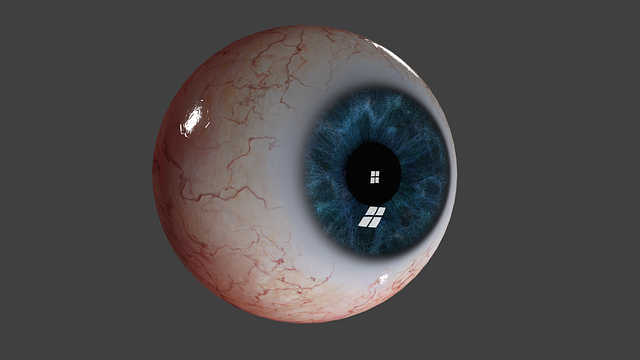Electrical 3D modeling revolutionizes substation and transmission line design with precise digital representations, enhancing efficiency, safety, and cost reduction by enabling early issue identification, optimized layout planning, and stakeholder collaboration. Specialized software creates detailed models of complex systems, integrating simulation for risk minimization and workflow optimization in infrastructure development. However, managing vast data requires dedicated resources to maintain model accuracy and timeliness.
In the realm of power distribution, understanding complex electrical substation layouts and transmission line networks is paramount. This article explores the innovative world of electrical 3D modeling, a game-changer in enhancing efficiency and safety. We delve into the intricacies of creating digital representations, from understanding station layouts to utilizing specialized software for transmission line modeling. Discover the benefits and navigate challenges associated with this cutting-edge approach, revolutionizing the way we visualize and manage critical infrastructure.
Understanding Electrical Substation Layouts
Electrical substations are complex systems that require meticulous planning and precise representation for effective design, construction, and maintenance. Understanding their layout involves grasping the intricate arrangement of various components such as power transformers, circuit breakers, switchgear, and control systems. 3D modeling offers a powerful tool in this context by providing a visual representation that goes beyond traditional 2D drawings. It allows engineers to navigate the substation’s space, identify potential clearance issues, and optimize equipment placement – all essential aspects for ensuring reliable power distribution. Electrical 3D modeling facilitates better collaboration among stakeholders, promotes error-free design, and streamlines project execution.
3D Modeling Software for Transmission Lines
In the realm of electrical 3D modeling, specialized software has emerged as a game-changer for transmission line design and visualization. These advanced tools offer engineers and technicians an innovative way to create detailed digital representations of complex power delivery systems. By employing 3D modeling software, professionals can meticulously craft every component, from towering power poles to intricate insulators, ensuring precise dimensions and seamless integration.
The benefits are vast; it enables a comprehensive visual understanding of the transmission line’s layout, allowing for efficient planning, maintenance, and upgrades. With these programs, users can navigate through a digital labyrinth of wires and towers, simulating real-world scenarios and identifying potential issues before construction even begins. This technology revolutionizes the way electrical infrastructure is conceptualized and managed, promising enhanced efficiency and safety in today’s digital era.
Accurate Model Creation Techniques
Creating accurate models for electrical substations and transmission lines is paramount in the engineering and design process. Advanced electrical 3D modeling techniques leverage state-of-the-art software to ensure precise representation of complex systems. These methods involve meticulous data collection, incorporating real-world measurements and specifications to build digital replicas that mirror physical infrastructure.
Specialized tools enable engineers to model not just individual components but also their interactions within the broader network. By integrating 3D modeling with simulation capabilities, potential issues can be identified and resolved before construction begins, leading to more efficient project execution and reduced risks. This holistic approach optimizes design workflows, making electrical 3D modeling an indispensable asset in modern infrastructure development.
Benefits and Challenges of Digital Representation
The digital revolution has transformed the way we design, visualize, and manage complex systems, and electrical 3D modeling is no exception. Benefits are numerous; it enables a more comprehensive understanding of intricate electrical networks, facilitating efficient planning and troubleshooting. With this technology, engineers can virtually inspect every component, identify potential issues early on, and optimize layouts for enhanced performance. It also aids in cost reduction by minimizing errors and streamlining construction processes.
However, challenges arise when dealing with the vast amount of data required to create precise models. Accurate electrical 3D modeling demands detailed information about diverse components, their interactions, and real-world conditions. Managing and integrating these data sets can be cumbersome, especially for large-scale projects. Additionally, ensuring the model’s accuracy and keeping it up-to-date with changes in design or infrastructure is a constant effort, requiring dedicated resources and specialized software tools.
Electrical 3D modeling has transformed how we design, visualize, and optimize substations and transmission lines. By leveraging advanced software and precise creation techniques, engineers can now navigate complex layouts digitally, leading to more efficient project management and reduced errors. The benefits of digital representation extend beyond cost savings; they enhance safety, enable better troubleshooting, and facilitate the integration of renewable energy sources. While challenges exist, particularly in ensuring accuracy and adopting new technologies, the future of electrical 3D modeling promises a smoother, more sustainable path for the industry.
